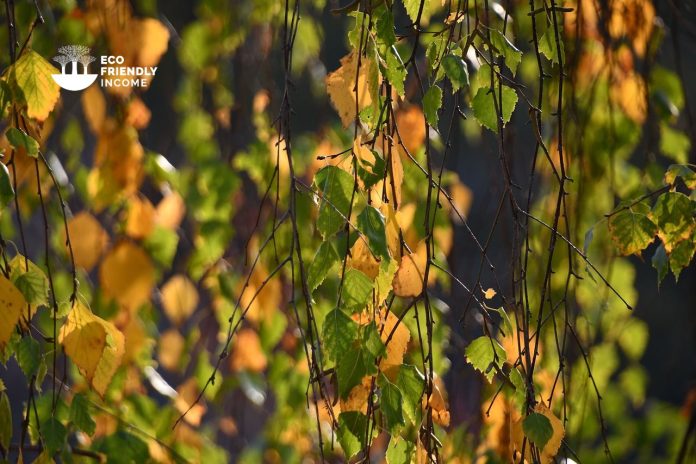A field guide on how to identify and propagate Yellow Birch (Betula alleghaniensis), a hardy zone 2 tree that is native to eastern North America.
How to Identify Yellow Birch (Betula alleghaniensis)
Leaves
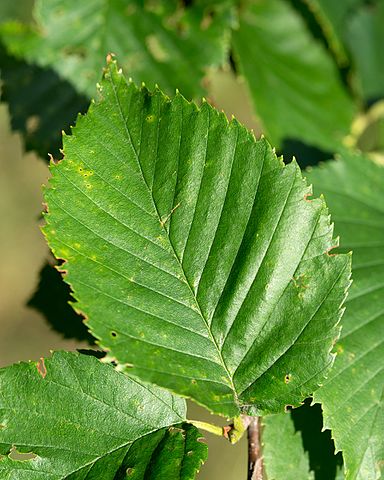
Yellow birch leaves are elliptical to egg-shaped, have a doubly serrated margin, and grow in an alternate arrangement along the stem.
Bark
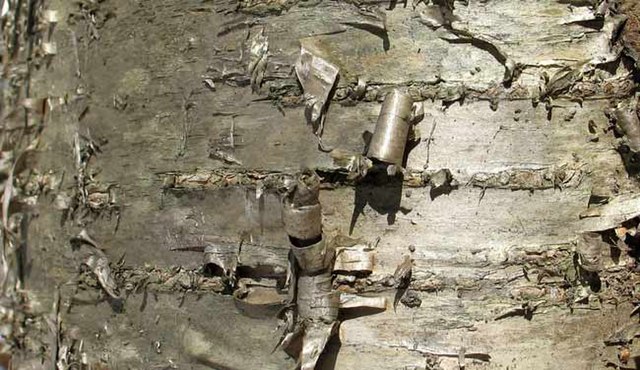
Yellow birch bark has a smooth, yellow-brown outer surface that often has horizontal lenticels (spaces that allow for gas exchange).
The bark is thin and papery and can be easily peeled off the tree in strips or curls.
The inner bark is yellowish-white and has a spicy, wintergreen scent.
Catkins
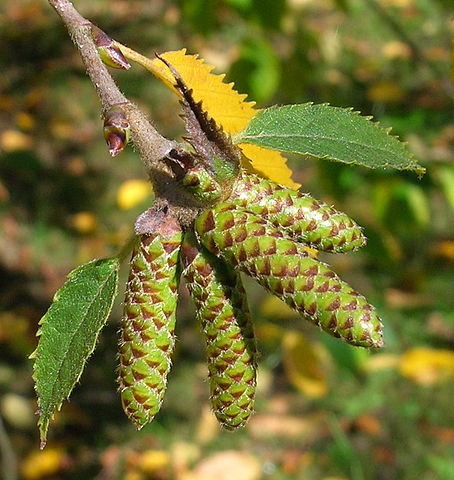
Their catkins are small, yellow-green, pendulous clusters of flowers. They are cylindrical in shape and measure up to 2 inches long.
The flowers are arranged in pairs along the length of the stalk and are covered in tiny yellow-green scales.
The tips of the catkins are often curved, resembling a squirrel’s tail.
Flowering Season
You can see catkins appear on the trees in mid to late spring.
Habitat
Yellow birch typically is found in a variety of habitats, including mixed hardwood and coniferous forests, swamps, and wetlands. It is also common along stream banks and in other moist areas.
In the northern part of its range, it is often found in association with sugar maple, beech, and hemlock.
Wildlife Value
Yellow birch provides food and shelter for a variety of wildlife species.
It is an important food source for birds and small mammals, including squirrels, chipmunks, and rabbits.
Its bark is often used by birds for nesting material. Its leaves provide shelter from the elements and food for deer, snowshoe hares, and other small mammals.
Yellow birch also provides a source of nectar for butterflies and bees.
How to Propagate Rocky Yellow Birch (Betula alleghaniensis)

Hardiness Zone: 3-7

Soil Type: Clay, loam, sand.

Water: Normal.

Exposure: Full Sun to Partial Shade.
How to Propagate Yellow Birch (Betula alleghaniensis) by Seed
The best method to propagate yellow birch is by planting its seeds. It’s relatively easy since their seeds don’t need stratification!
If you can’t buy seeds online, you can harvest some yourself.
The key with yellow birch is to harvest the seeds just before they start flying around in the wind.
The best time to start picking seeds from yellow birch is about early fall in September & October.
They might be hard to reach, but if you’re lucky you’ll find a tree that’s fallen or one with low-hanging branches.
If you don’t have access to the trees, I do have some yellow birch seeds on hand for sale below (collected on September 22, 2023).
We offer free lettermail shipping everywhere in Canada for orders over $20.
Email us at [email protected] for details.
How to Harvest Seeds
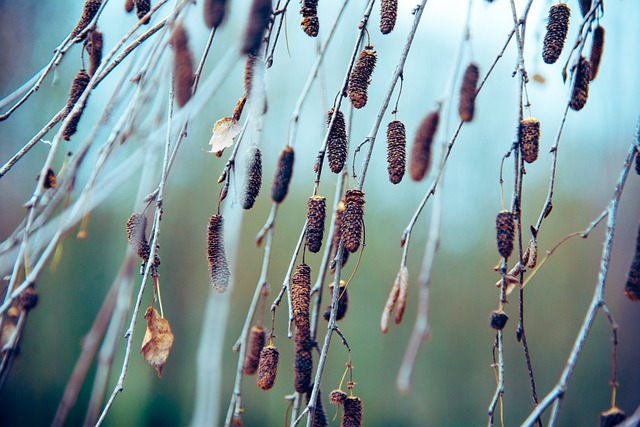
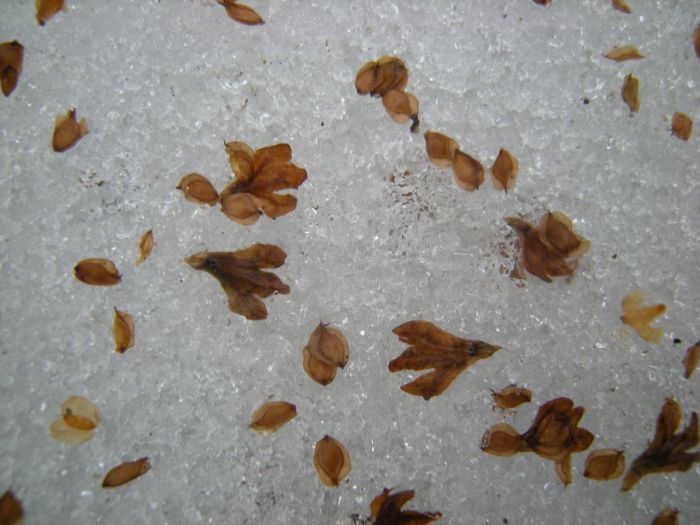
To harvest yellow birch seeds, just use a bag and pull off the bundle of seeds from the strobiles into your bag.
They should come off pretty easily just by pulling them.
Stratification
Yellow birch (Betula alleghaniensis) requires 60-day cold stratification.
- First, scarify seeds by placing them in room temperature water for 24h
- Next, place seeds in a sterile medium like sand or vermiculite and cold-moist stratify in the back of your fridge for 60 days.
Once done, surface sow them as the seeds also need light to break dormancy.
Results can vary depending on the batch, fresh seeds have a higher success rate than seeds stored for too long. You should see seed germination within a week, and peak germination at the two-week line.
The best propagation medium for birch seed is a mix of sand and peat.
Personally, what worked best for me is plastic propagators with vented lids.
FAQ
Q: Where does yellow birch grow best?
A: Yellow birch thrives in soils composed of well-drained, fertile loams and moderately well-drained sandy loams.
Q: What is the difference between white and yellow birch?
A: White birch (Betula papyrifera) has a smooth, white bark with small, black marks or horizontal lines, while yellow birch (Betula alleghaniensis) has a yellowish-brown bark with long, vertical strips or curling plates. White birch is more tolerant of dry conditions, while yellow birch is better suited to wetter soils. White birch has a more upright form, while yellow birch has a more spreading form. White birch has more slender twigs and leaves than yellow birch.
Q: What does yellow birch taste like?
A: The lower layer of the bark contains a compound that tastes and smells like wintergreen or root beer.
Q: Is yellow birch harder than white birch?
A: Yes, yellow birch is generally harder than white birch. Yellow birch is harder than white birch because it is denser and more resistant to weathering. The heartwood of yellow birch is also more resistant to fungi and insects than the heartwood of white birch It’s one of the most expensive northern hardwoods.

